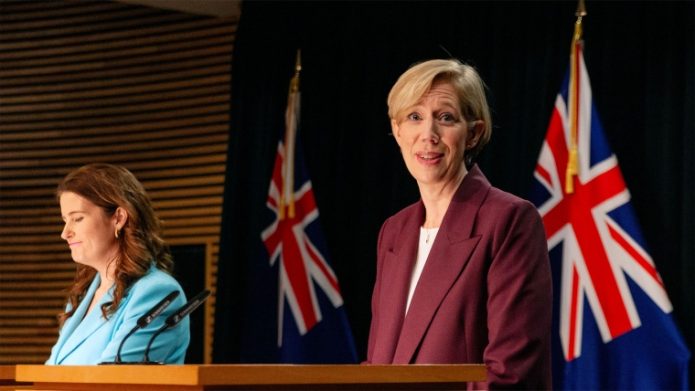PHOTO: YOUR TANGO
New data reveals a threefold surge in ‘liar loans’ within home loan applications, indicating a growing trend of individuals attempting to enter the property market by either inflating their income or downplaying their expenses. Fortunately, banks are increasingly adept at detecting such deceitful practices. Concurrently, a significant number of Australians are on the verge of a mortgage crisis, transitioning from low fixed rates to higher variable rates, rendering their home loan repayments financially burdensome. The situation is exacerbated by the cumulative impact of 13 cash rate hikes since May 2022, making it challenging for some borrowers to pursue refinancing.
https://propertynoise.co.nz/au/watch-mortgage-crisis-looming/
In response to the evolving landscape, certain homeowners, previously trapped in a mortgage dilemma, are finding relief as banks ease the stress tests associated with home loan refinancing. Notably, some major lenders, including three of the four largest banks, have reduced the ‘serviceability buffer,’ resulting in more favorable rates for select individuals seeking to refinance. Nevertheless, this benefit remains elusive for the majority, prompting calls for uniform application of these relaxed rules for all those in need of refinancing.
https://propertynoise.co.nz/au/housing-crisis-prepare-for-9-per-cent-home-loan-rates/
Concerns arise that without widespread relief, the incidence of arrears—instances where borrowers miss mortgage repayments—may spike, potentially leading to defaults and forced home repossessions. These challenges in refinancing coincide with speculations in financial markets suggesting that the Reserve Bank will maintain interest rates at 4.35 percent during its December meeting, providing borrowers a temporary respite for the festive season. However, some economists anticipate a potential rate adjustment in February 2024, when the central bank convenes for the first time in the new year.












